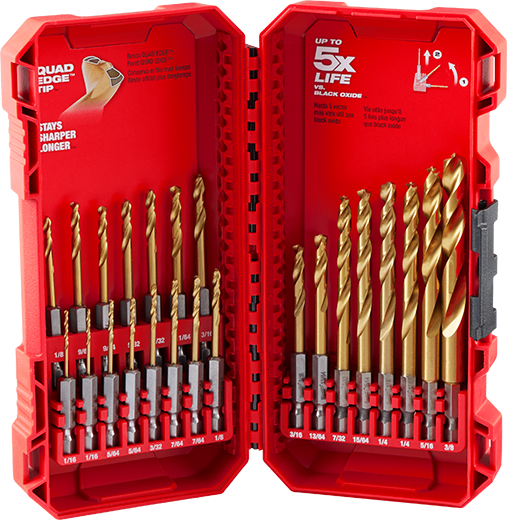I finally pickup some material (1/8" cork gasket material) to place between my cells for padding and built my battery today. I cut the busbar and rounded the edges with an angle grinder, but am having a hard time drilling the holes. I have broken 3 drill bits so far, and two of the broken bits I am unable to extract from the bar. I am using a battery powered hand drill.
The bar is C110 copper (I believe) and is 1/8" x 3/4".
How is everyone drilling their homemade copper busbar?
Another question, what is the best way to extract the broken bits? Should I scrap the piece and start over?
Thanks all.
The bar is C110 copper (I believe) and is 1/8" x 3/4".
How is everyone drilling their homemade copper busbar?
Another question, what is the best way to extract the broken bits? Should I scrap the piece and start over?
Thanks all.





